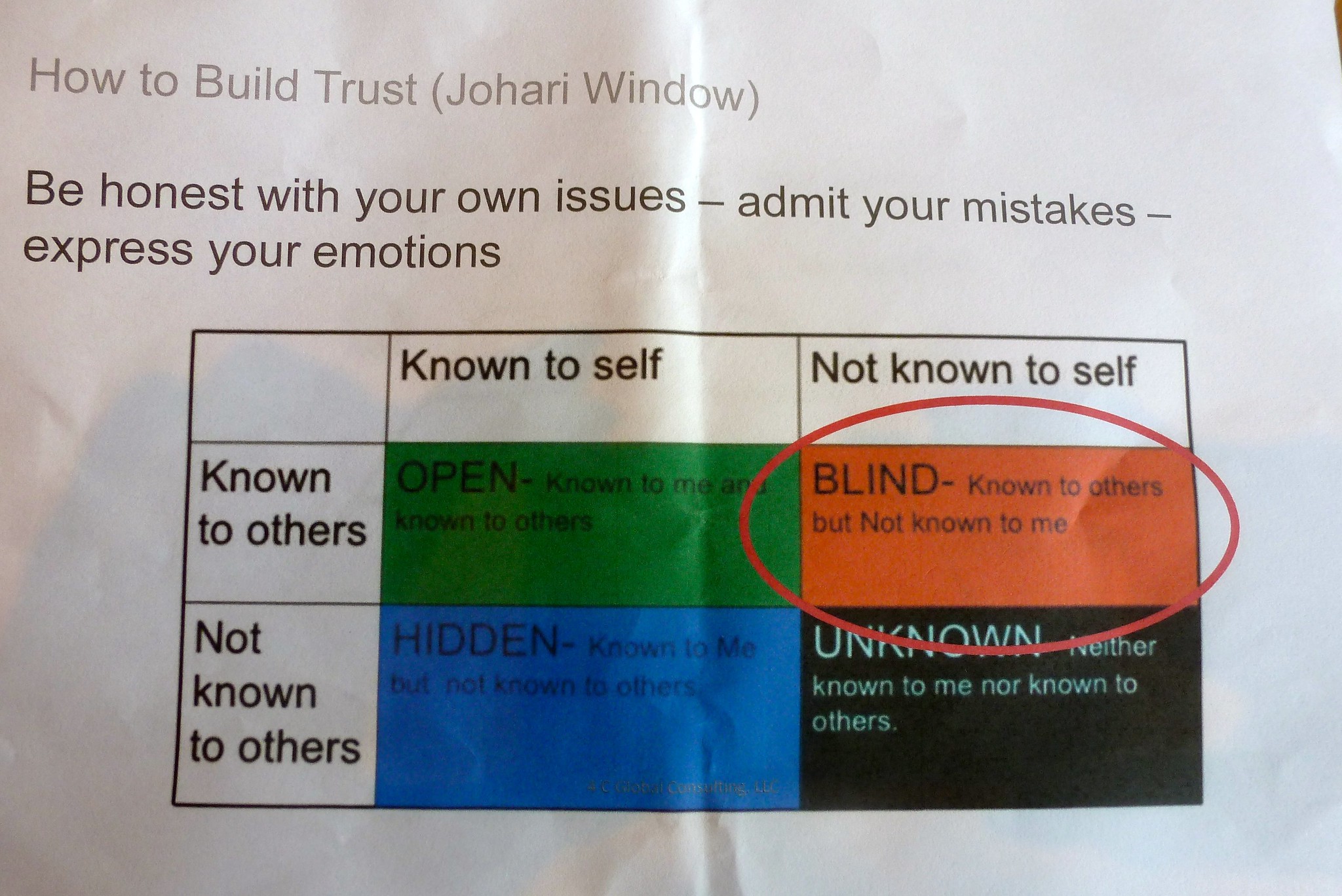
Overcoming the barriers to delivering an excellent citizen experience – Interview with Ryan Hollenbeck and David Moody
September 21, 2017
Eliminate blindspots and build engagement by getting to know your company better – Interview with Claire Lew
September 26, 2017
This is a guest post from Kevan and Alan Hall, authors of a new book: Kill Bad Meetings.
In 23 years of working with organisations around the world to improve their engagement with customers and internal staff, time and again the issue comes back to meetings. Meetings are where collaboration and decision making happens and where we spend on average two days a week, half of it wasted.
If we can get our meetings right we can have a significant impact on our ability to serve and respond to our customers in four key areas.
- By accelerating our collaboration and speeding up decisions we can save 20% of our time and accelerate our response to customer needs and questions
- By spending less time focusing on internal issues we can focus on understanding and serving our customers better
- By reducing unnecessary work, we can improve the engagement and productivity of internal staff, which leads to better customer service
- By running better collaborative meetings with our customers we can build better relationships, appear more professional, save them time and co-create better solutions, faster
 In “Kill Bad Meetings” www.killbadmeetings.com authors and trainers Kevan and Alan Hall lay out a systematic process for cutting the number of face-to-face and virtual meetings and radically improving the ones that remain.
In “Kill Bad Meetings” www.killbadmeetings.com authors and trainers Kevan and Alan Hall lay out a systematic process for cutting the number of face-to-face and virtual meetings and radically improving the ones that remain.
In research for the book the authors found that very few people felt comfortable rejecting meetings, even when they didn’t have a clear agenda or a good understanding of their role in the meeting. Given that time is often our scarcest resource it doesn’t make sense to allocate it with no sense of purpose or priority.
A simple place to start is by turning down your next poor-quality meeting. If you start to do this systematically you will have a very quick impact on the number and quality of your meetings
Here are 6 warning signs of poor quality meetings. If you receive an invite that fails these tests then we suggest you turn it down

Just putting this barrier in the way of automatically accepting meetings can make a big difference over time.
There are, of course, lots of good and necessary meetings. If we have a clear outcome with the right people in the room and a process which recognises the importance of participation, then meetings can be great.
Here are 3 good reasons to attend a meeting.

Depending on your corporate culture and position you may need to be diplomatic about how you say no. Asking for more information about the outcomes or how you will be expected to participate (so you can prepare thoroughly) can be a diplomatic way to push back.
In some corporate cultures saying no can be interpreted as being uncollaborative or saying that the work of the meeting is not valuable. Even if that’s true, it can cause a reaction. Our top tip for this is to frame your reason for declining as something that is valued in your corporate culture. If your culture values customer focus then position the reason you are not attending as because you need to deal with a customer issue or prioritise customer contact more highly.
Kill Bad Meetings goes on to show how to identify and cut out unnecessary topics and participants from our existing meetings, how to overcome corporate cultural inertia to make a change and hwe to facilitate shorter, better meetings.
If you want to cut out the number of unnecessary meetings and improve your ability to focus externally on your customers then start by saying no to more meetings. You probably already know which meetings these are.
Use the checklist above to evaluate the meeting invitations that you receive for the next month. Set yourself a target to turn down a proportion of them. If you do this systematically for a month you will start to see a significant reduction in the number of meetings you attend. Use the time you save to focus outside the organisation.
This is a guest post from Kevan and Alan Hall, authors of a new book: Kill Bad Meetings.
About Kevan and Alan Hall
 Kevan Hall is an experienced CEO and consultant to major multinationals around the world, he is the author of “Making the matrix work” and “Speed lead”.
Kevan Hall is an experienced CEO and consultant to major multinationals around the world, he is the author of “Making the matrix work” and “Speed lead”.
 Alan Hall is a millennial manager with experience working in one of the world’s largest organisations who believes better use of technology and improved participation and engagement are key to creating better meetings for everybody.
Alan Hall is a millennial manager with experience working in one of the world’s largest organisations who believes better use of technology and improved participation and engagement are key to creating better meetings for everybody.
You can see more about their book and face to face and virtual training at www.killbadmeetings.com.
Check out the book here.
Photo Credit: shaggy359 Flickr via Compfight cc




